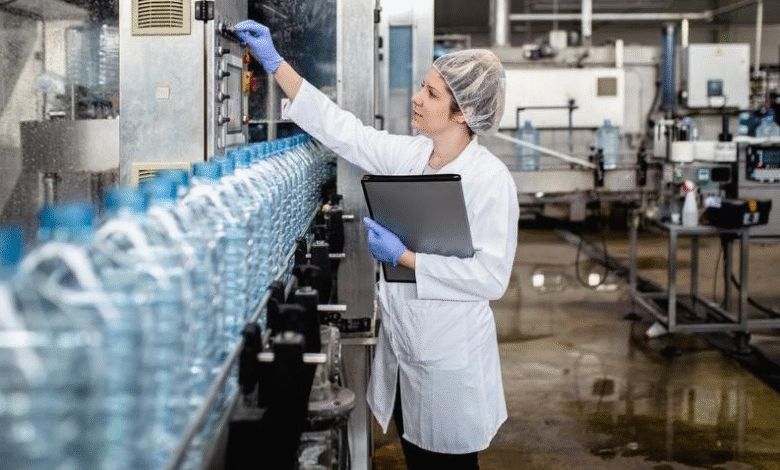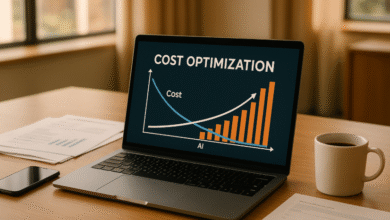Improving Pipeline Efficiency in Food and Beverage Industry

Introduction
Modern food and beverage manufacturing demands efficiency, safety, and minimal product loss. One technology gaining widespread adoption is automatic pigging. This system enhances pipeline operations, allowing manufacturers to transport liquids, semi-solids, or powders safely while maintaining hygiene and reducing waste.
Automatic pigging systems are increasingly vital in industries such as dairy, beverage, pet food, and brewery, where product integrity and cost efficiency are paramount.
What is Automatic Pigging
Automatic pigging refers to a system where pigs—devices that push product through pipelines—operate with minimal human intervention. Unlike manual pigging, where operators insert and retrieve pigs, automatic systems use sensors, controls, and actuators to move pigs through pipelines efficiently.
The result is a consistent, repeatable process that improves production speed, reduces contamination risks, and maximizes product recovery.
See also: Premium Finishes & Smart Home Tech at Zyon Grand
Key Benefits of Automatic Pigging
Maximizing Product Recovery
Traditional pipeline transfers often leave residues in lines. Automatic pigging efficiently pushes all product through pipelines, significantly reducing loss.
Reducing Downtime
Manual cleaning or product transfer requires halting production. Automatic pigging allows continuous operation with minimal interruptions.
Enhancing Hygiene
Automatic pigging reduces human contact with product lines, minimizing contamination risks and maintaining food safety standards.
Cost Efficiency
By recovering product that would otherwise be lost and reducing labor costs, automatic pigging provides a tangible financial advantage.
Safety Improvements
Automation reduces operator exposure to hot, pressurized, or viscous products, enhancing workplace safety.
Components of Automatic Pigging Systems
Automatic pigging systems typically include:
- Launchers and Receivers: Specialized chambers that insert and extract pigs automatically.
- Sensors and Controls: Detect pig location, monitor pipeline conditions, and ensure safe operation.
- Pigs: Designed for specific product types, such as foam pigs for delicate liquids or polyurethane pigs for viscous substances.
- Pipelines: Constructed from materials compatible with the product and compliant with hygiene regulations.
- Automation Interfaces: Integrate with SCADA or PLC systems for centralized control.
Applications of Automatic Pigging
Beverage Industry
Automatic pigging efficiently transfers juices, beer, and wine, reducing product loss and cleaning downtime.
Dairy Processing
Milk, cream, and other dairy liquids can be moved through pipelines without contamination, preserving quality and extending shelf life.
Pet Food Manufacturing
Semi-solid or wet pet food ingredients can be transported through pipelines with minimal residue, ensuring product consistency and sanitation.
Cosmetic and Pharmaceutical Industries
Viscous creams, lotions, and syrups are transferred using automatic pigging to maintain product integrity and minimize waste.
Types of Pigs Used
- Foam Pigs: Ideal for delicate or low-viscosity liquids, gently pushing product without damage.
- Rubber or Polyurethane Pigs: Provide stronger sealing to remove sticky or viscous product.
- Magnet or Sensor-Equipped Pigs: Track location and provide real-time operational data.
Implementation Considerations
Implementing automatic pigging requires careful planning:
- Pipeline Layout: Smooth curves and consistent diameters facilitate pig movement.
- Product Type: Pigs must match viscosity, texture, and sensitivity of the product.
- Automation Integration: Systems should interface with existing plant controls for efficient operation.
- Operator Training: Staff should understand safety protocols and emergency procedures.
- Maintenance: Regular inspections ensure reliability and longevity of the system.
Best Practices for Automatic Pigging
- Scheduled Pigging: Regularly pig lines to prevent residue buildup.
- Track Pig Movement: Use sensors to ensure complete pipeline clearance.
- Choose Correct Pig Type: Match pig design to product and pipeline conditions.
- Sanitize Pigs: Prevent cross-contamination between product batches.
- Documentation: Maintain records for quality control and regulatory compliance.
Challenges and Solutions
High Initial Investment
While costs can be significant, savings automatic pigging from reduced waste, labor, and downtime justify the investment.
Complex Pipeline Networks
Automatic pigging requires careful design in pipelines with sharp bends or varying diameters. Custom pigs and system calibration can overcome this.
Operator Knowledge
Proper training ensures safe and efficient operation, especially during product changeovers or maintenance.
Future Trends
- Smart Pigging: Pigs equipped with sensors provide real-time data on flow, pressure, and product characteristics.
- Fully Integrated Automation: Pigging systems integrated with SCADA and ERP systems for seamless production management.
- Energy Efficiency: Optimized pigging reduces energy consumption in pumping and line cleaning.
- Environmental Sustainability: Reduced product loss and cleaning chemicals contribute to greener operations.
Conclusion
Automatic pigging is transforming pipeline management in the food, beverage, and related industries. By ensuring efficient product transfer, minimizing waste, and maintaining hygiene, these systems improve operational efficiency, product quality, and profitability.
Adopting automatic pigging helps manufacturers stay competitive, meet stringent regulatory requirements, and optimize production for the long term.




